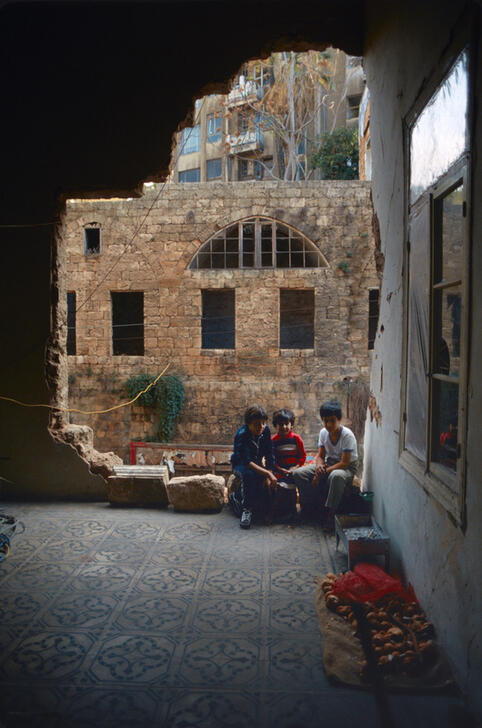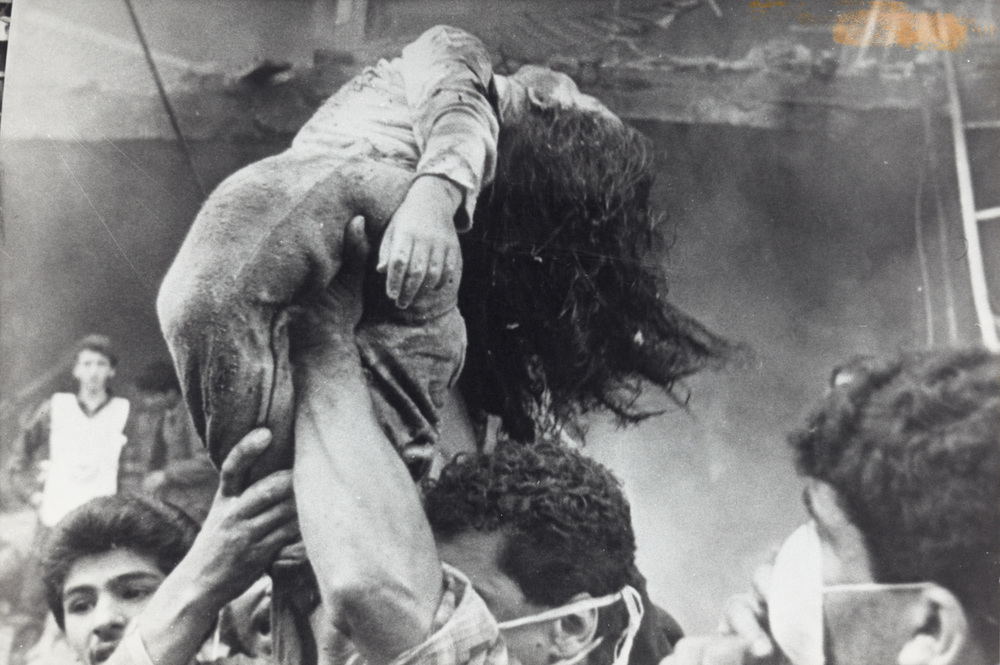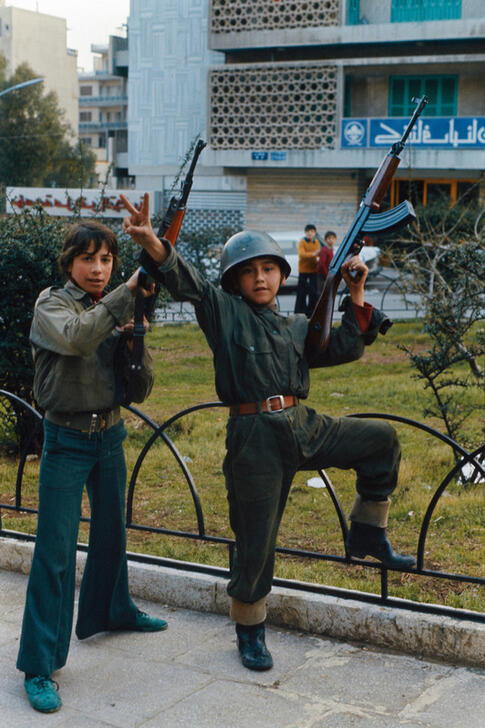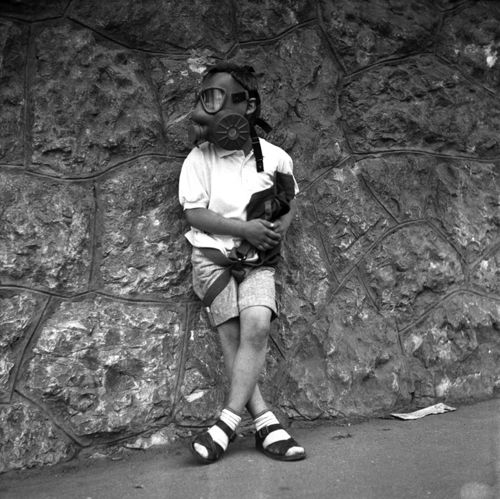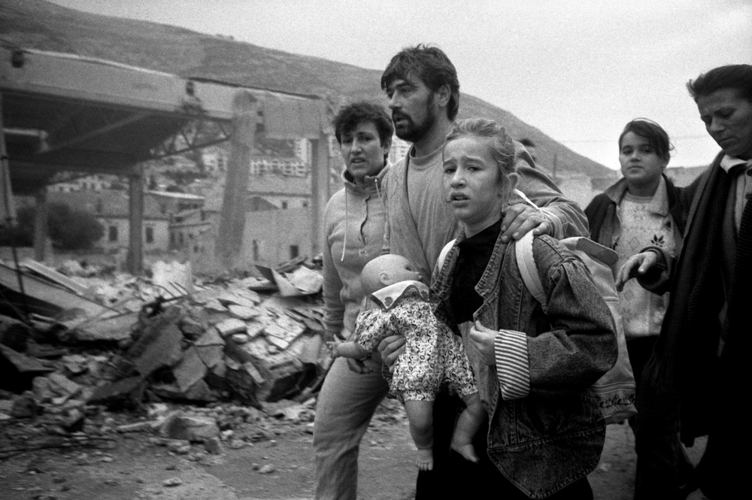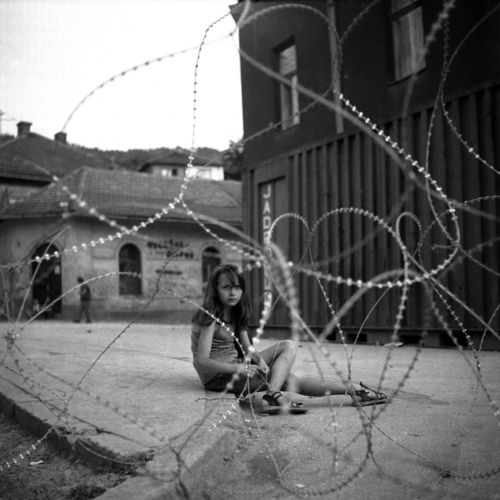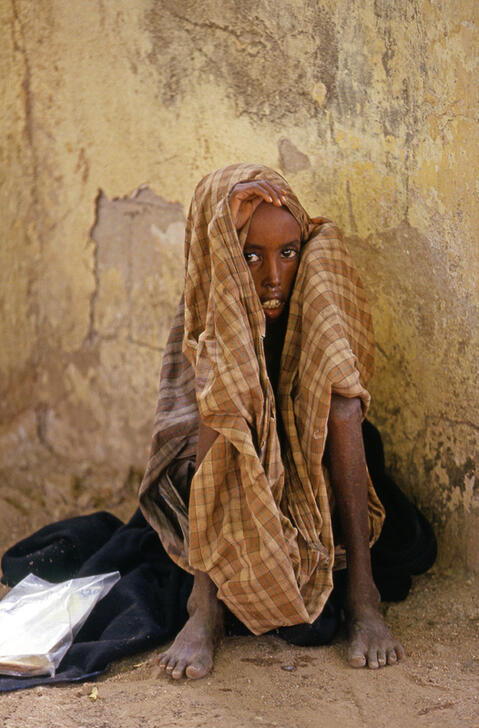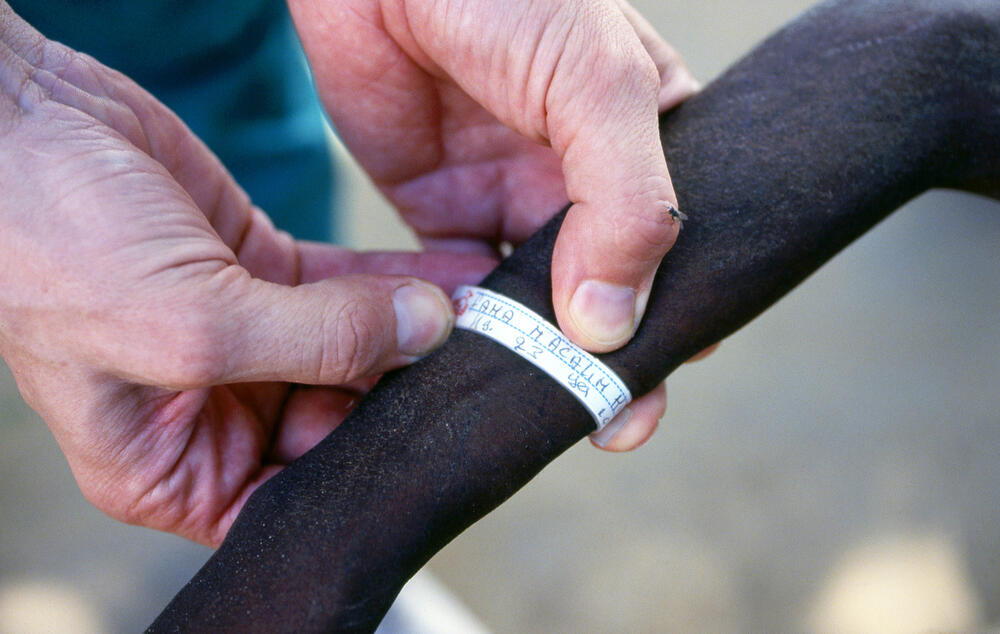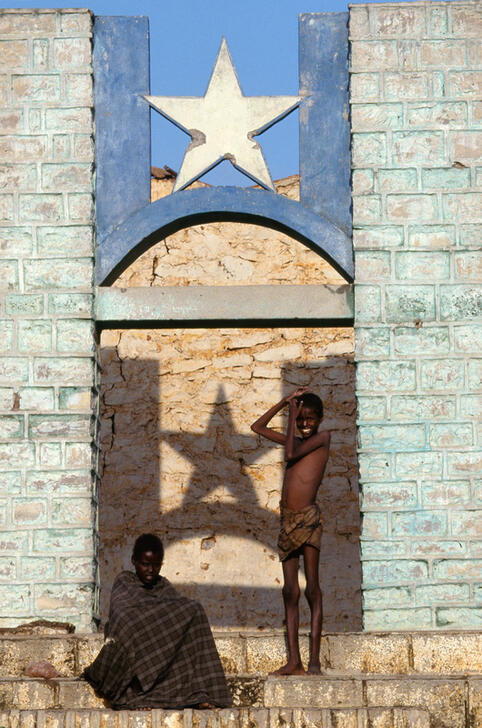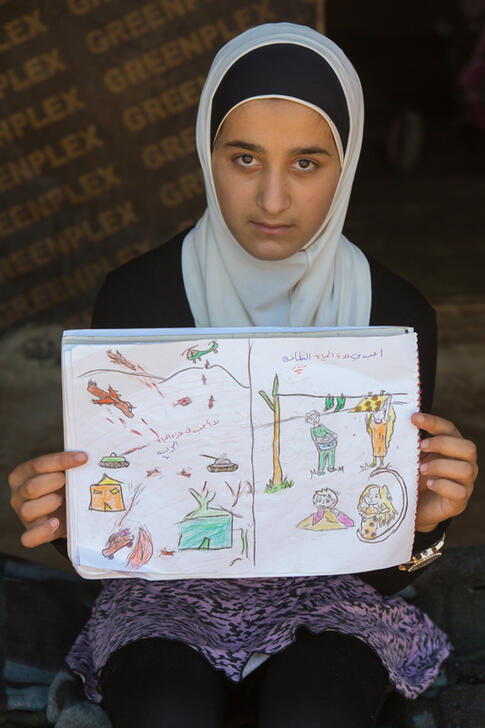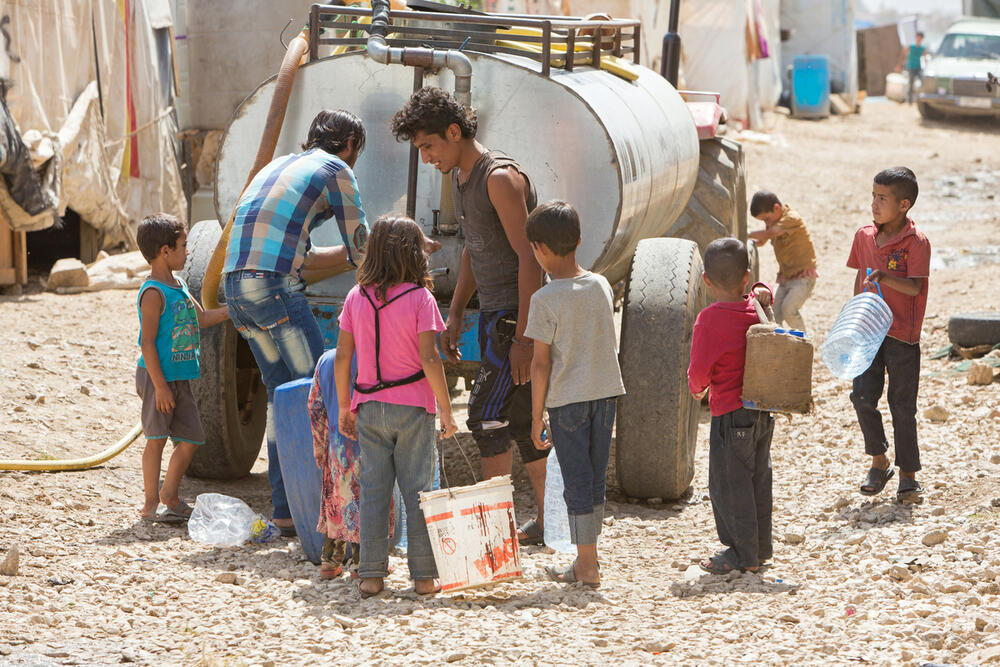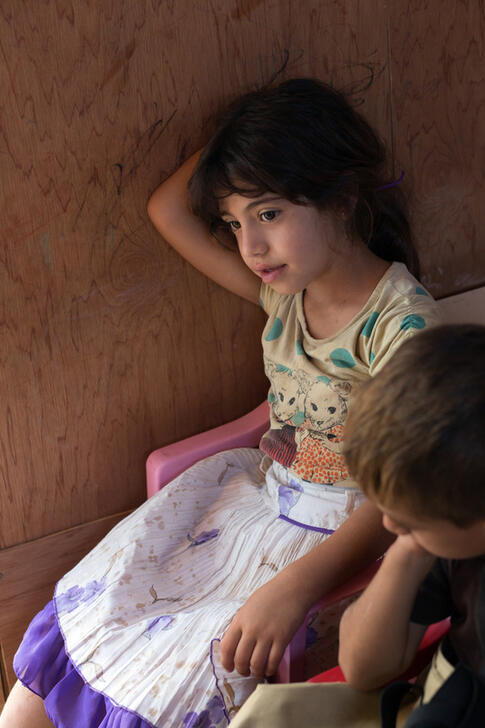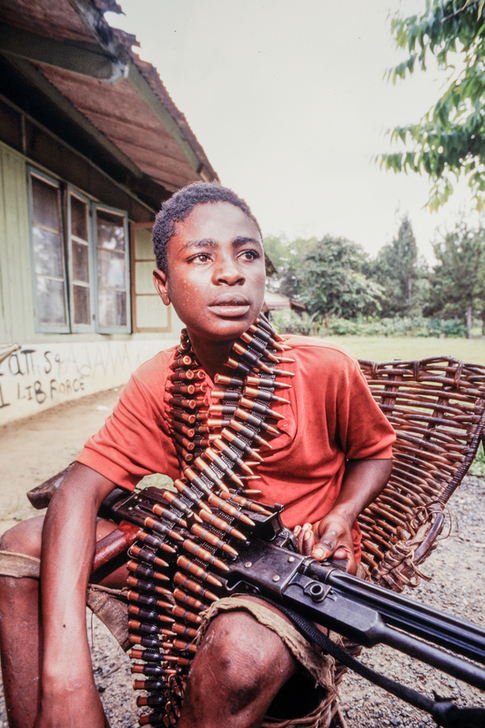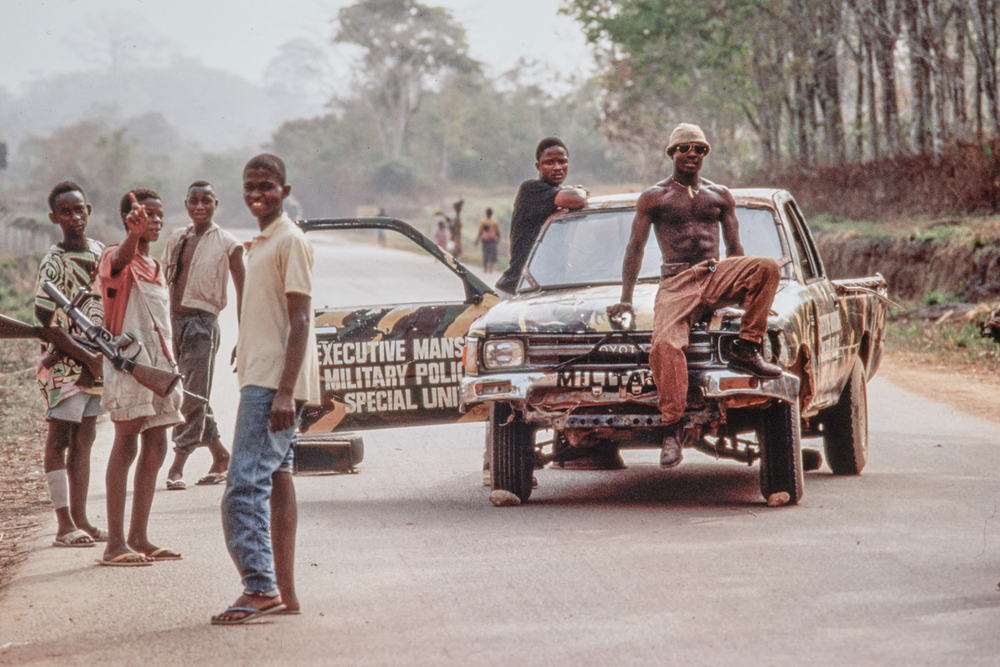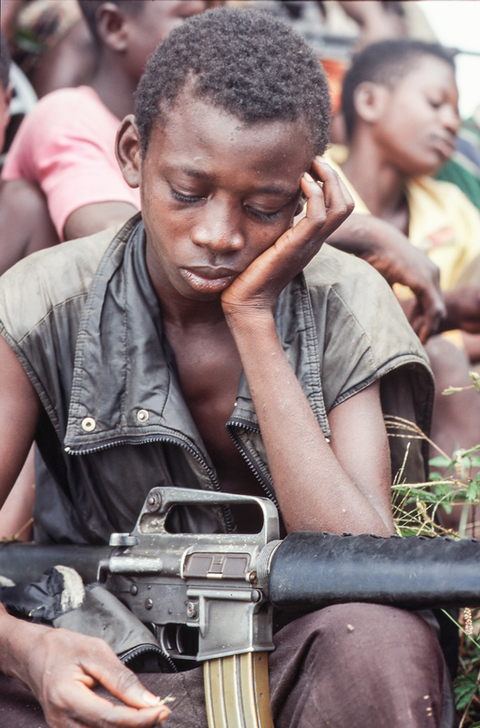Children in War
To mark World Children's Day on November 20, we look at the devastating consequences that children experience when living in a conflict area.
23 September 2022
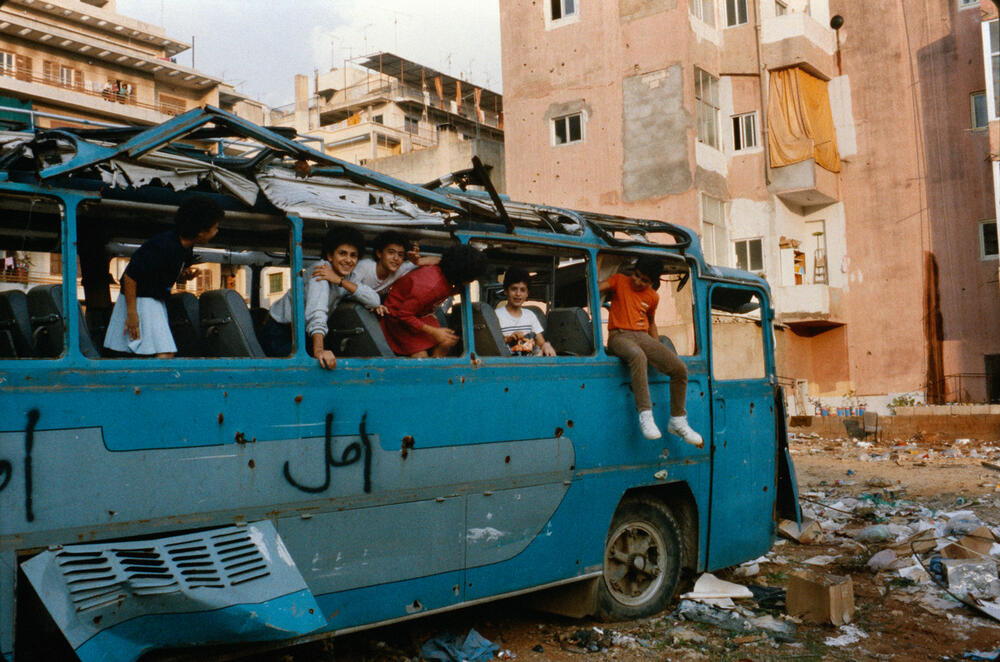
War harms everyone involved in it, and there is no aspect of life that remains secure or unchanged when living in a conflict area. For children, war is especially devastating. Apart from the obvious physical danger, war deprives them of their basic needs, affecting their development, and robs them of their childhood as well as their future. Family members are lost, family units are separated, access to education slows or stops, normal life ceases. Extreme stress permanently alters children, causing anxiety and depression which can plague them throughout their lives. They witness events that no child should see. Within the turmoil, destruction, and despair, they are powerless.
Through the images of five photographers from five conflicts, we see how children exist in a warzone and explore the challenges they face when the fighting stops.

Lebanon - Images by Philippe Ledru
The Lebanese Civil War from 1975 to 1990, claimed 150,000 lives, injured 300,000, and led to the emigration of almost a million people. It was a particularly brutal war involving many instances of mass violence, massacres and sieges, leaving much of Lebanon’s infrastructure shattered.
Tap here to continue.
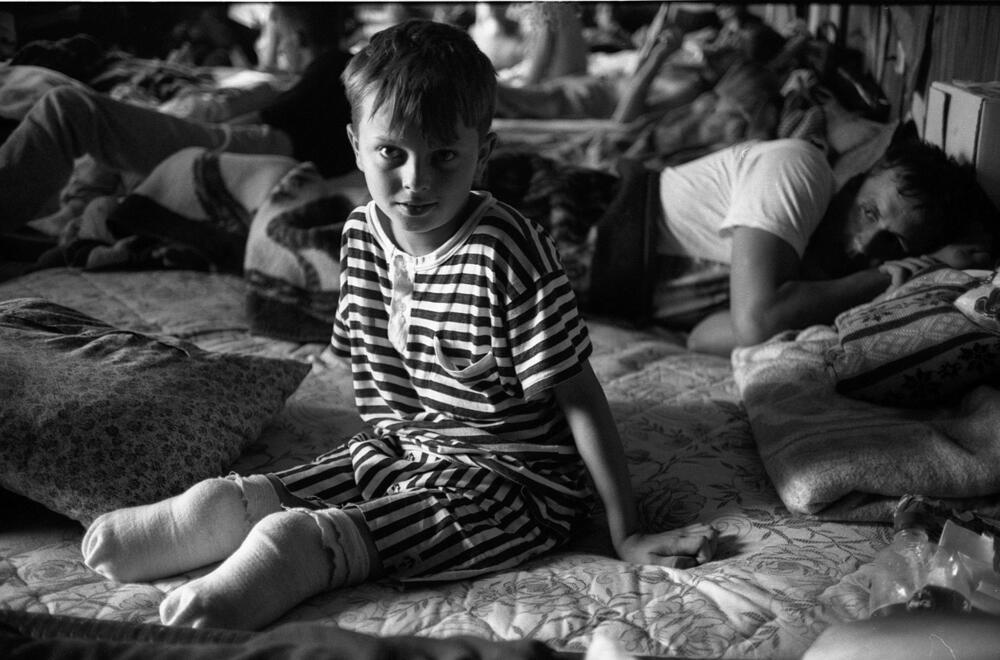
Former Yugoslavia - Images by Emmanuel Ortiz
The Yugoslav Wars of 1991 to 2001, led to and resulted in the breakup of former Yugoslavia into six independent countries - Slovenia, Croatia, Bosnia and Herzegovina, Montenegro, Serbia, and North Macedonia (previously named Macedonia). An estimated 140,000 people died during the decade-long conflicts and resulted in major refugee and humanitarian crises. It is estimated that the wars in Croatia, Bosnia and Herzegovina and Kosovo produced about 2.4 million refugees and an additional 2 million internally displaced persons.
Tap here to continue.
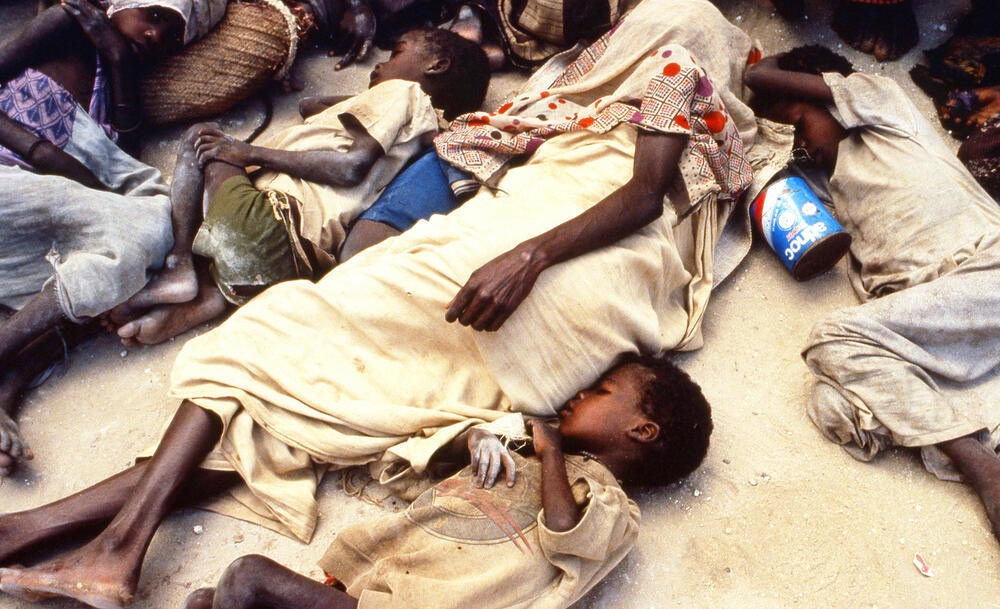
Somalia - Images by José Nicolas
The Somali Civil War was triggered by the fall of President Said Barre regime on 27th January 1991. Barre’s dictatorship was one of extreme brutality, suppression of opposition groups, and increasing clannism. The 1992 famine in Somalia followed, and child malnutrition rates soared.
Tap here to continue.
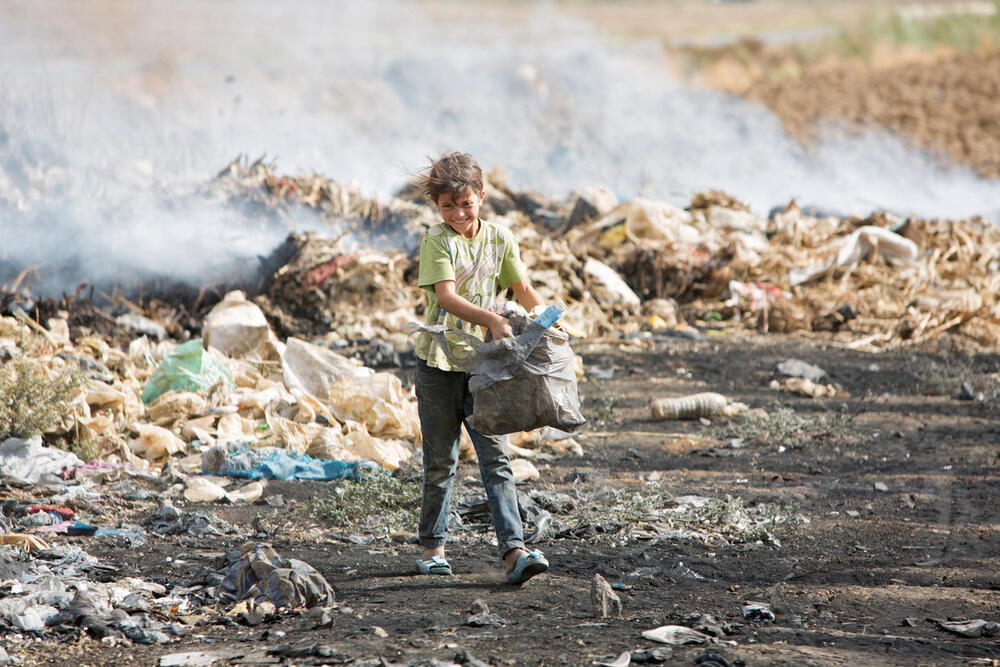
Syria - Images by Stefan Trappe
The Syrian civil war is an ongoing, complex, multi-sided civil war in Syria fought between the Syrian Arab Republic, led by Syrian president Bashar al-Assad, and various domestic and foreign forces that oppose both the Syrian government and each other, in varying combinations.
The conflict caused a major refugee crisis, with millions fleeing to neighbouring countries - mainly Turkey, Lebanon and Jordan - with an estimated 1.5 million refugees in Lebanon. The peak of the war was around 2015 with violence diminishing since then, but the area remains in crisis.
Tap here to continue.
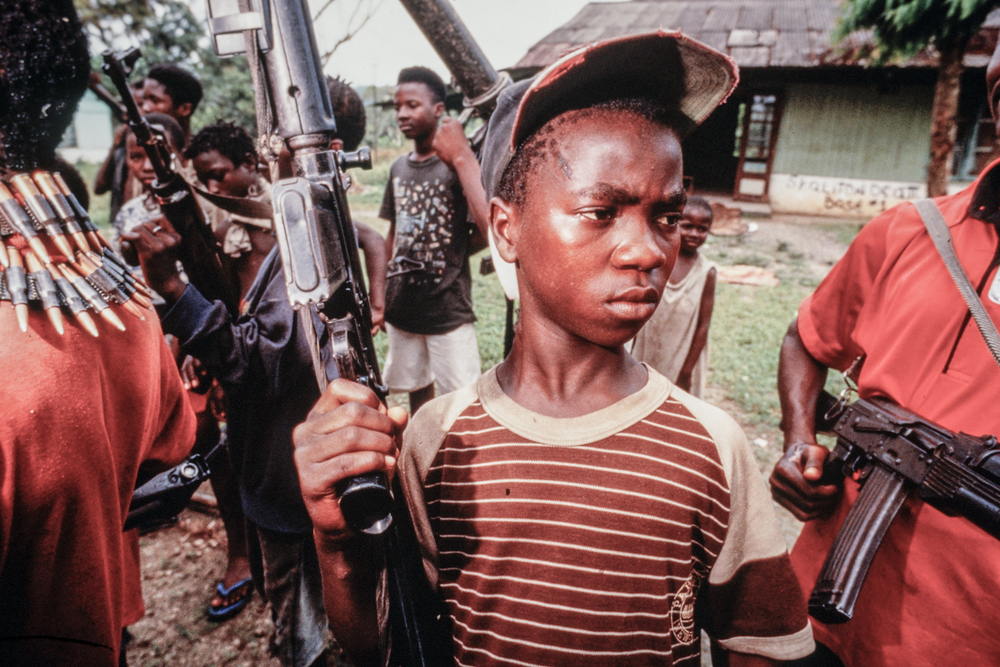
Mozambique and Liberia - Images by Guenay Ulutuncok
Mozambique’s Civil War, fought from 1977 to 1992, had a devastating impact on children. It is estimated that one-third of Mozambique’s children died before they reached the age of five years through starvation, malnutrition, and preventable illnesses. The use of small arms and light weapons intensified the ferocity of the civil war and enabled the participation of child soldiers.
On the other side of Africa in Liberia, during the first civil war from 1989 to 1997, both governmental and opposition groups were known to forcibly recruit children into their armed forces.
Tap here to continue.
For help with images, please contact us using the details below.
Cover image: AKG8325515 Beirut, Lebanon 1983 ©Philippe Ledru / akg-images
Written by: Mellissa Scamporlino, AKG-images London
Concept and image selection: Ulrike Haussen, AKG-images Paris
